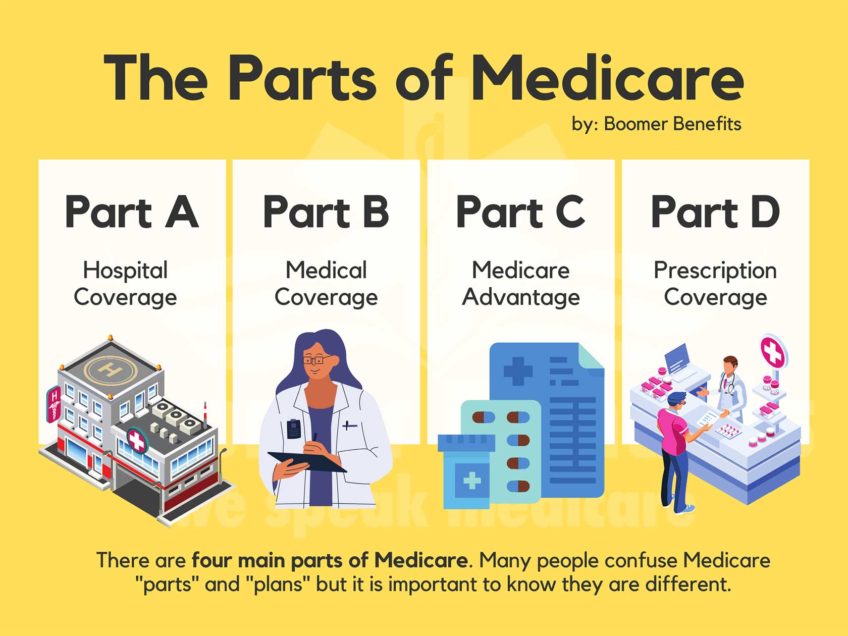WASHINGTON — Think cooking the perfect Thanksgiving dinner is stressful? Something else is far more likely to raise your blood pressure: the salt hidden in all those goodies. Don’t blame the chef. Much of that salt was hidden from him or her, too.
Americans eat nearly two teaspoons of salt daily, more than double what they need for good health — and it’s not because of the table saltshaker. Three-fourths of that sodium comes inside common processed foods like stuffing mix, gravy, and yes, pumpkin pie.
Even raw turkey, which is naturally low in sodium, is sometimes injected with salt water — containing a lot more salt than a home cook might sprinkle on — before it reaches the store. You have to read the brand’s fine print to tell.
Now public health specialists are pressuring the Food and Drug Administration (FDA) to require food makers to cut the sodium. In a hearing slated to take place this week, they will call the government intervention crucial to fighting heart disease.
“There’s just a growing scientific consensus that current levels of salt in the diet are [among] the biggest health threats to the public,” says Michael Jacobson of the Center for Science in the Public Interest (CSPI), a consumer advocacy group that filed the FDA petition triggering the meeting.
“This is truly urgent,” adds Dr. Stephen Havas of the American Medical Association (AMA). “We need to act.”
The AMA says cutting in half the sodium in processed and restaurant foods within 10 years could wind up saving 150,000 lives annually.
The grocery industry knows there’s a problem: Food makers and CSPI put aside their differences for an unprecedented, closed-door meeting on how to reduce sodium last month. And the salt content of many foods has inched down in recent decades.
But manufacturers argue they don’t have tasty ways to make deeper cuts in salt, and fear consumer backlash if they slash it.
“There’s a tremendous need for investment by government and industry to come up with salt alternatives,” says Robert Earl of the Grocery Manufacturers Association. “There are just very few that exist that work and perform well in foods.”
That’s an excuse, argues Havas. Scientific studies show people get accustomed to eating less salt in mere months, and then usually find their old foods too salty.
One in three U.S. adults have high blood pressure, as do almost 1 billion people worldwide. Hypertension, in turn, is a leading cause of heart attacks, strokes and kidney failure. And while being overweight and inactive raises blood pressure, too much salt is a big culprit as well.
Government guidelines set 2,300 milligrams (mg) of sodium a day as the safe upper limit. We don’t need that much: The Institute of Medicine says just 1,500 mg a day, a little less for older adults, is enough to regulate the body’s fluid balance, the mineral’s job.
Yet the average American consumes between 3,300 and 4,000 mg of sodium a day.
Thanksgiving dinner alone can easily reach those limits: Stuffing can harbor up to 600 mg of sodium a serving, plus 300 for gravy. If you bought the salt-added turkey, plan on 490 mg. A biscuit can mean 350, although a dinner roll might have half that. Pumpkin pie doesn’t seem salty, but one popular brand has 300 mg a slice.
Cooking from scratch can slash those numbers — homemade cornbread for stuffing, for example, has little salt — and there are even reduced-sodium broths to make gravy.
But many processed foods don’t need all their salt.
“We could fairly easily take 18 to 20 percent out of food without consumers knowing,” says Patty Packard, nutrition manager at giant ConAgra Foods.
ConAgra has started doing that, beginning with kid-popular brands. Chef Boyardee, for instance, went from an average of 1,100 mg of sodium per serving in 2003 to 900 mg today. Over four years, ConAgra estimates it has removed 2.8 million pounds of salt from a list of products — kids’ brands, Banquet, Marie Callender’s — without consumer complaint, possibly because it hasn’t publicized the change.
“We know consumer perception is, if it’s lower in sodium it doesn’t taste good,” Packard says. “If you told people … they’re going, ‘Oooh, what’d you do to my Chef Boyardee?’”
Technology also can help. Better ways to freeze vegetables brought the sodium level of frozen peas down from almost 500 in the 1960s to less than 100 today — unless you buy them with high-salt butter sauce.
But other foods have gotten saltier. For example, between 2004 and 2007, average sodium in sliced cheese rose 35 percent, and frozen pizza saw a 23 percent jump, CSPI found.
It’s not just a U.S. issue. Britain has a major government campaign under way to reduce salt consumption by one-third by 2010. In catchy TV ads, a shopper shouts, “Full of it!” as she tosses aside high-sodium foods, and a mound of salt crushes a grocery cart. Next year, Britain will begin checking if manufacturers are meeting new reduced-sodium targets for different types of food.
Finland places a “high-salt” label on foods that are, and has seen sodium intake decrease by 40 percent in three decades — along with a big drop in strokes. The World Health Organization this year called for worldwide sodium reduction in processed foods, plus consumer education on cutting the salt.
Here, the FDA won’t say how quickly it will decide whether to intervene or let industry gradually cut the salt on its own.
“Regulation is one option, but it may not be the best one,” says FDA food-additive chief Dr. Laura Tarantino.
(Associated Press)






